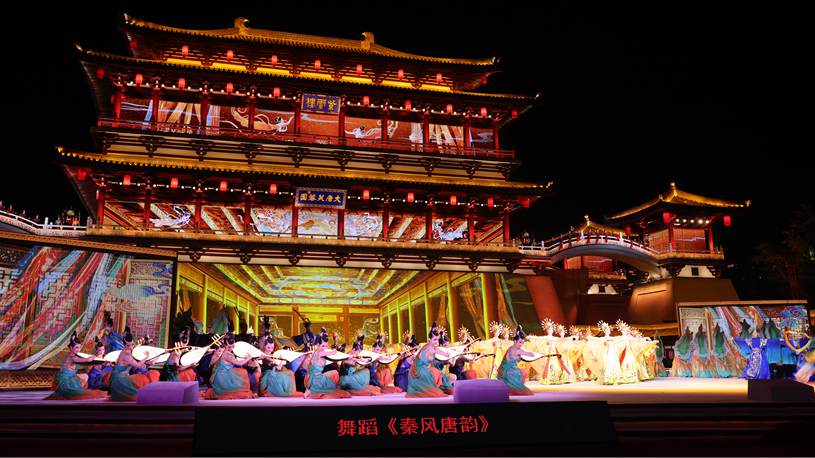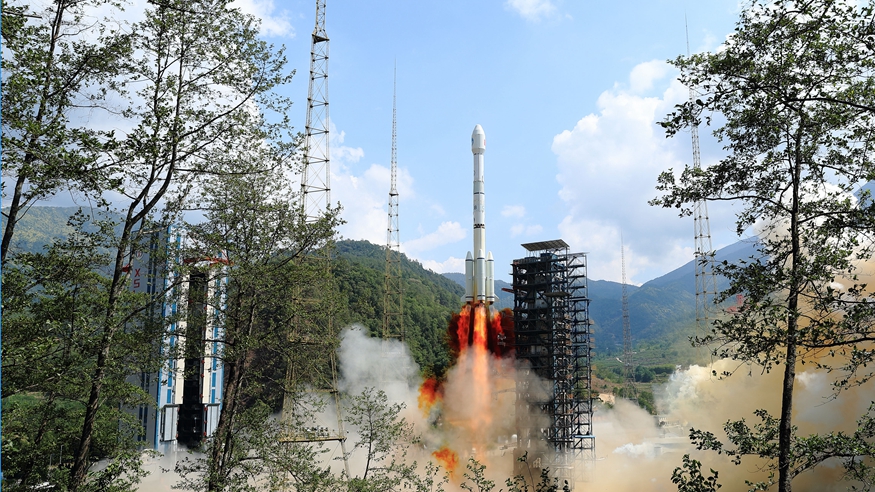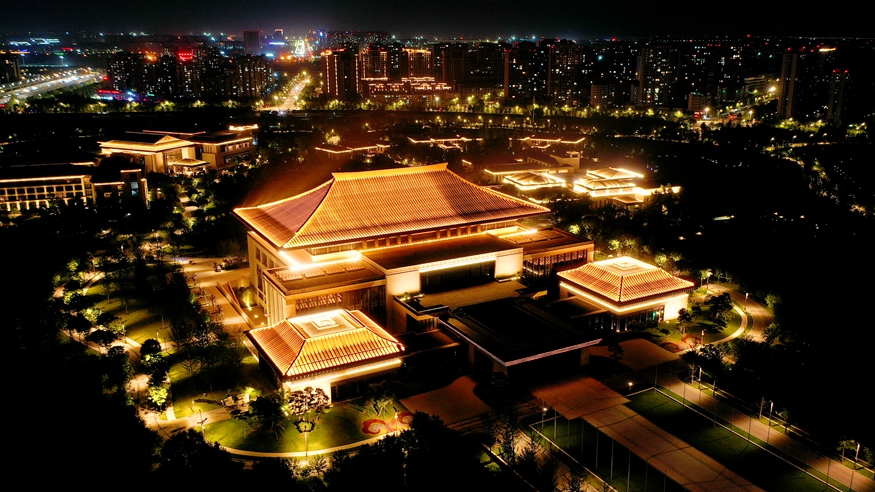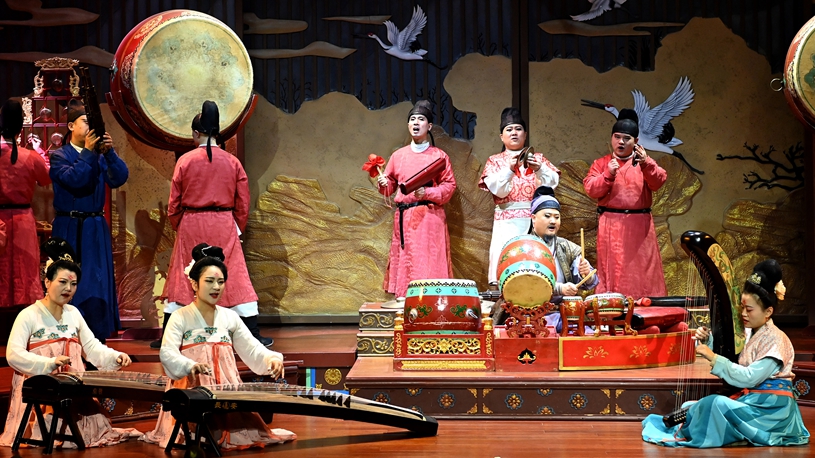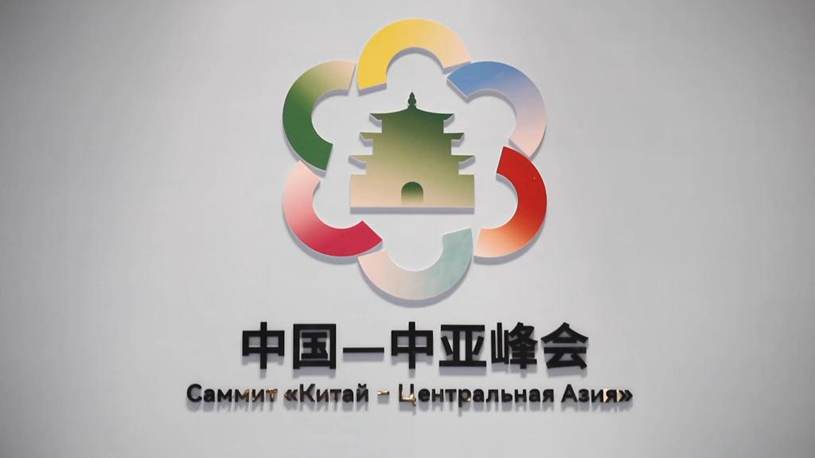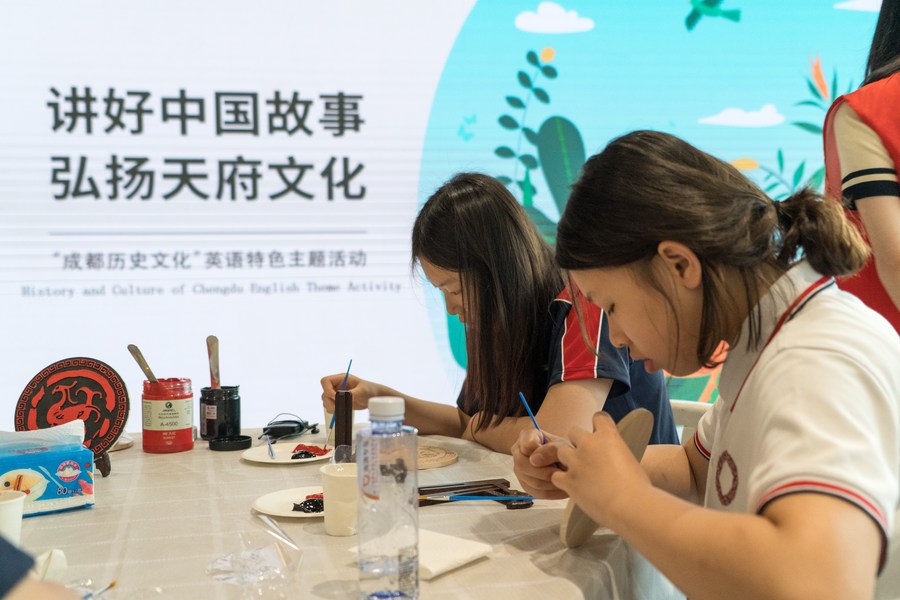
Students create imitations of relics and artworks in a handicraft experience session at Chengdu Museum in Chengdu, southwest China's Sichuan Province, May 18, 2023. (Xinhua/Tang Wenhao)
CHENGDU, May 21 (Xinhua) -- Cuban school girl Maia Santana Fong sat in silence before a small rhino sculpture and carefully colored it with bright paint. The object was a replica of an 8.5-tonne stone rhino dating back nearly 2,000 years that she had just seen on display at Chengdu Museum in southwest China's Sichuan Province.
Maia is a sixth-grade student at SPGS International School Chengdu, and took part in a cooperative activity on Thursday between her school and Chengdu Museum, in celebration of International Museum Day. More than 20 classmates from different countries and regions, including Chile, Canada and Singapore, participated in the event.
The students visited the exhibition on the city's history and culture, learning about the cultural connotations of the sculptures, brick portraits, lacquerware and Shu brocade through English explanations and special lectures. They also created imitations of the relics and artworks in a handicraft experience session.
"I find them interesting as they are something that I've never seen, but I've long heard of," said Maximiliano, a boy from Chile, who has been in China with his parents for six years.
He said the museum tour helped him to get a better feel for the richness of Chinese culture.
Other students expressed their fascination with the ancient legend surrounding the stone rhino sculpture, involving a good spirit that protected the locals from flooding.
Chris Rowley, a British teacher at SPGS International School Chengdu, explained that the students can normally only learn about such relics through images and videos in a classroom setting. Seeing the relics with their own eyes at the museum helps them to study China's history and culture more effectively, the teacher said.
Ran Jing, director of the museum's social education department, said that the exchange activity served as a bridge between the school and the museum, between Chinese people and foreigners, by telling China's stories through cultural relics.
Chengdu is constantly improving the long-term exchange mechanism by which primary and middle school students can learn more through museums.
Statistics from the municipal culture, broadcast-TV and tourism bureau show that Chengdu boasts 183 museums, taking the lead nationally. Last year alone, the city's museums carried out more than 2,700 offline and online research and learning activities, with more than 1.38 million children and adolescents participating. ■

